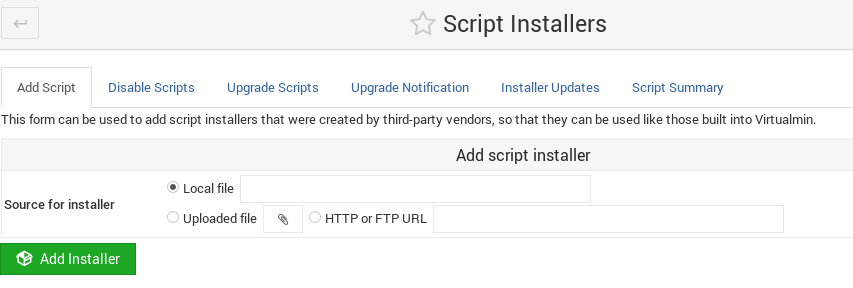

- #How to use smartsvn with wordpress install
- #How to use smartsvn with wordpress update
- #How to use smartsvn with wordpress trial
- #How to use smartsvn with wordpress password
- #How to use smartsvn with wordpress free
First, you need to into your website dashboard. Alternatively, if you click Select Files, a dialog box will open, allowing you to choose the files Just follow these steps: Upload Plugin in WordPress Step 1. Now, simply drag the files that you want to upload from your computer. A box with a dashed outline should appear. You will see a success message like this after the installation is finished Hover over the Media menu and then select Add New.

#How to use smartsvn with wordpress install
WordPress will now upload the plugin file from your computer and install it for you. After you have selected the file, you need to click on the 'Install Now' button. Here you need to click on the 'Choose File' button and select the plugin file you downloaded earlier to your computer. Gratis Anleitung Installation bis zum Artikel schreiben After that, click on the 'Upload Plugin' button on top of the page. A list of differences between the two versions can be found on the syntevo website.Business-Tarif: deine Site jetzt aufbauen & individualisierte Plugins hochladen Dieses WordPress Tutorial zeigt Dir Schritt für Schritt, wie Du einen Blog aufbaust. After that it reduces its functionality to SmartSVN foundation.
#How to use smartsvn with wordpress trial
SmartSVN (professional) is limited to a 30-days trial period. SmartSVN will then monitor changes and allow commits, updates etc. The project of interest can be chosen an checked out locally. svnserve will only be started when SmartSVN tries to access the repository.Īfter connection is established the repository content is shown in an explorer-like view. This can be done by using the option “automatically start svnserve” and specifing the path to svnserve and the repository path once again. no repository server used, the svnserve tool has to be executed with each action on the repository. Hint: If the repository is mapped as a network drive or on a local filesystem, i.e.
#How to use smartsvn with wordpress password
Next username and password can be stored. The repository server and path have to be specified, e.g. With a project on a remote repository the first step is to create a “Detailed Checkout Profile” under “Project/Checkout”.

#How to use smartsvn with wordpress free
SmartSVN is a (more or less) free tool from syntevo and resembles the SmartGit interface introduced in Part One. Most of the daily work with the repository can be handled by SmartSVN, a graphical user interface for the subversion versioning system.
#How to use smartsvn with wordpress update
If the version of a file (or several files) in the repository differs from the local version, because another developer also worked on it, then this conflict has to be resolved first (locally) by performing an update on the local filebase. (Again those commands are issued from within the project directory.) If new files were created then they have to be added before commit.

To check out a project from remote an empty directory has to be created and svn with checkout parameter has to be run from within.Īfter working on the project the new version can be commited. Now that the new project is available in the repository it can be checked out from any client that has access. If access to the repository is restricted then username and password are necessary to execute the command. the simple svnserve tool, that comes along with the subversion installation, using a modified TCP) the commit can be done as follows. Commiting to remote repositoryĪ local project (directory) can be commited to the remote repository with the following command, assuming that the remote repository can be mounted as a network drive.Īlternatively with a repository server running on the remote computer (e.g. The remote repository is now up and working (although it’s still empty). This file has to be changes next, adding username/password entries for each user who is granted access. Password-db names the password file where the user information is stored. (One of the options none, read or write has to be chosen for the first two properties.)Į.g., anonymous access can be set to none, authenticated access to write. After installing the binaries on the server a new repository is easily setup by creating a repository path and using the svnadmin tool from command line.Īfter that the access to the repository should be restricted by first editing nf whicht can be found under. Therefore branching is quite an issue with subversion when working on a project with several developers. With Subversion it is not possible to locally commit (and undo) changes. Clients check out only the latest version to work with locally. Unlike Git Subversion works with a central remote repository that holds all the developement history. Setting up a remote repository from scratch With this in mind lets start with Subversion. Part One already dealt with Git and SmartGit, introduced basic repository usage and some of the specifics of Git. The second of my two-part repository GUI feature deals with SmartSVN and the underlying Subversion versioning system.


 0 kommentar(er)
0 kommentar(er)
